
Benjamin Sachs is the Kestnbaum Professor of Labor and Industry at Harvard Law School and a leading expert in the field of labor law and labor relations. He is also faculty director of the Center for Labor and a Just Economy. Professor Sachs teaches courses in labor law, employment law, and law and social change, and his writing focuses on union organizing and unions in American politics. Prior to joining the Harvard faculty in 2008, Professor Sachs was the Joseph Goldstein Fellow at Yale Law School. From 2002-2006, he served as Assistant General Counsel of the Service Employees International Union (SEIU) in Washington, D.C. Professor Sachs graduated from Yale Law School in 1998, and served as a judicial law clerk to the Honorable Stephen Reinhardt of the United States Court of Appeals for the Ninth Circuit. His writing has appeared in the Harvard Law Review, the Yale Law Journal, the Columbia Law Review, the New York Times and elsewhere. Professor Sachs received the Yale Law School teaching award in 2007 and in 2013 received the Sacks-Freund Award for Teaching Excellence at Harvard Law School. He can be reached at [email protected].
As part of our Labor Day coverage, I’m posting my take on the Supreme Court’s decision in Cedar Point Nursery. OnLabor readers can access the full article on The Supreme Court Review’s website (for thirty days) and the article’s Introduction is posted below. The bottom line? Only by ignoring what the United Farm Workers actually did in the 1960s and 70s, and only by ignoring what labor law actually does, can the Supreme Court conclude that the union access rights at issue in the case were an unconstitutional taking of property. Had the Court acknowledged the contributions to public safety and pesticide health facilitated by California’s agricultural labor relations act, the Court’s own reasoning would have required the opposite holding.
Safety, Health, and Union Access in Cedar Point Nursery
2021 Sup. Ct. Rev. 99 (2022)
Introduction
From the late 1960s until the mid-1970s the United Farm Workers (UFW) union was embroiled in a war, and not merely a figurative one, with a corrupt coalition of agricultural employers and the International Brotherhood of Teamsters (IBT). During this era, union organizing of California farmworkers was plagued by open, violent conflict. After years of such bloody confrontations, the California legislature enacted a labor law designed to allow the UFW to engage in peaceful unionization efforts and win representation rights through secret ballot elections. Winning union elections, in turn, would position the UFW to secure its substantive goals: collective bargaining agreements that protect farmworkers from pesticide poisoning and raise their wages. The Agricultural Labor Relations Act (ALRA) of 1975 was thus California’s attempt to replace open warfare with a union elections process that would enable farmworkers to peacefully bargain for safety and health and livable wages.1 The access provision challenged in Cedar Point Nursery v. Hassid 2 — which gives union organizers the right to talk to farmworkers on grower property as part of the election process — is an integral piece of that labor law.3
California needed to enact a special labor law for farmworkers because agricultural workers are excluded from the coverage of federal labor law and have been since the beginning; the National Labor Relations Act’s (NLRA) definition of employee does “not include any individual employed as an agricultural laborer.”4 The ALRA however provides farmworkers with a process for organizing and electing union representatives similar to the one contained in the NLRA.5 The process involves union organizers speaking with farmworkers, asking them to sign cards authorizing union representation, and then petitioning for a secret ballot election in which the workers vote yes or no on unionization.6 If the workers vote to unionize, the grower-employer then has a legal obligation to bargain collectively with the workers’ union over terms and conditions of employment, including safety and health.7
Given the difficulties inherent in building electoral support among a highly mobile workforce,8 the Agricultural Labor Relations Board (ALRB) — the state agency charged with administering the Act — promulgated a rule establishing that the right to unionization includes “the right of access by union organizers to the premises of an agricultural employer for the purpose of meeting and talking with employees and soliciting their support.”9 Under this access provision, a maximum of two union organizers may enter an employer’s property in order to speak to workers for a maximum of three hours in a day — one hour before work begins, one hour during the workers’ lunch break, and one hour after work ends — during a maximum of four thirty-day periods in a year.10 Because the right to access is tied to the union electoral process, it terminates after an election is held.11 A stated purpose of both the statute and the regulation is “bringing certainty and a sense of fair play to presently unstable and potentially volatile conditions in the agricultural fields of California.”12
The access provision was challenged by two large California agricultural employers (“growers”) as effecting an unconstitutional taking of property under the Fifth and Fourteenth Amendments.13 In its opinion, the Supreme Court is clear about its normative orientation to the challenge: it writes that judicial protection of property rights “is necessary to preserve freedom” and “empowers persons to shape and to plan their own destiny in a world where governments are always eager to do so for them.”14 Wary of California interfering with large agricultural employers’ ability to shape their own destinies, the Court holds that the union access provision “appropriates for the enjoyment of third parties the owners’ right to exclude.”15 And because the “right to exclude is one of the most treasured rights of property ownership,” the state regulation granting limited access to the growers’ property constitutes a per se physical taking.16 California, if it wishes to provide union organizers access to grower property, must pay the growers for that access.
The practical implications of the Cedar Point holding for labor law, outside the California farmworker context, are — for better or worse — most likely limited.17 This is true because union access rights in the rest of the private sector have already been decimated by the Supreme Court through its cramped reading of the NLRA. In Lechmere, Inc. v. NLRB, decided in 1992, the Court held that union organizers have no right to access employees on company property except in the very rare cases where employees are “by virtue of their employment, . . . isolated from the ordinary flow of information that characterizes our society.”18 Describing the union’s burden of establishing the requisite isolation as a “heavy one,” the Lechmere rule allows access only in contexts like logging and mining camps — contexts that hardly exist today.19
To be sure, Cedar Point meaningfully limits the prospects for legislative amendments to the NLRA that would expand organizer access rights. Recognizing, as California did, the critical importance of such access rights — recognizing, as the access regulation itself states, that the effectiveness of unionization rights “depends in some measure on the ability of employees to learn the advantages [] of organization from others”20 — numerous scholars and policy makers have argued that the NLRA ought to be amended in just this way.21 Those attempts now face a constitutional barrier. And Cedar Point may also threaten, or at least raise questions about, other important NLRB doctrines, including those regarding access rights for off-duty employees and off-site employees,22 and potentially those regarding employee use of employer email systems23 and employee rights to discuss unionization at work.24
The focus of this essay is not, however, on what Cedar Point may or may not imply about future doctrinal development. Nor is it about the very important ways in which the case exemplifies this Supreme Court’s privileging of business interests over workers’ rights,25 its elevation of property values over democratic ones,26 and its denigration of unions across multiple areas of law.27 Instead, this essay makes a different argument: that Cedar Point is internally inconsistent and that it is wrong on its own terms. The fact that such internal inconsistency — with its predictable political slant — is all too common for this Court neither excuses the practice nor renders a critique of it moot.
The inconsistency in Cedar Point can be traced to the trio of exceptions, which the Court announces, to the general rule that a regulation granting access to property “appropriates” the right to exclude and thereby constitutes a per se taking.28 It is the third in this trio of exceptions that is relevant here.29
According to the Court, the government can require property owners to cede a right of access as a condition of receiving “certain benefits,” or in order to avoid a “risk posed to the public,” without effecting a taking.30 The Court explains that the benefits conveyed or the risks avoided by such access conditions must constitute a “legitimate police power purpose.”31 And, borrowing from the Nollan and Dolan cases, the Court holds that the access condition must bear an “essential nexus” to that police-power purpose and there must be a “rough proportionality” between the police-power purpose and the extent of the access condition imposed on the property owner.32 The Court gives, as an illustrating example of such an access condition that does not constitute a taking, government safety and health inspections. In particular, the Court points to a regime of EPA pesticide inspections.33 As the Court puts it, “unlike standard health and safety inspections, the [California union] access regulation is not germane to any benefit provided to agricultural employers or any risk posed to the public.”34
Cedar Point is internally inconsistent because the union access provision that the Court holds to be a taking fits comfortably within the Court’s third exception to its takings rule. There are two ways to see why this is so. One, the ALRA and its access provision are a response to the kind of violence that can overtake union organizing in the absence of an institutionalized process for workers to form and join unions.35 In fact, the ALRA and its access regulation were a direct response to widespread violence that engulfed California farms in the years leading up to the Act’s passage. Such violence — the quintessential threat to public safety whose quelling is the quintessential police power purpose — was the product of a war that the growers and their partners in the Teamsters union waged against the UFW.36 California legislators and regulators understood that one way to end the violence in the fields was by establishing a routinized system of union elections and collective bargaining, supported by a series of protections for union organizing activity, including a limited right of organizer access to grower property. Understood this way, the access provision is entirely germane to a benefit provided to agricultural employers and to a risk posed to the public: the benefit was public safety in the truest sense of the term; the risk was its opposite. Moreover, allowing a tightly limited number of union organizers limited access to farm property in order to end deadly clashes should also satisfy the essential nexus and rough proportionality requirements.
Two, the ALRA and its access provisions are a regulatory approach to protecting public and workplace health and, in particular, protecting workers and consumers from the risk posed by pesticides — the very risk Cedar Point uses to exemplify a context where granting access rights does not effect a taking. Indeed, in the years leading up to enactment of the ALRA, one of the UFW’s primary missions was protecting farmworkers and consumers from pesticide poisoning, and the union campaigned explicitly on the platform of using collective bargaining as a means to achieve this end. By facilitating unionization, the ALRA and its access provisions facilitated collective bargaining agreements that contained a robust system of safety and health measures, including an entire raft of pesticide protection measures. Collective bargaining, in other words, serves as a functional substitute for a safety and health inspections regime: it addresses the same risk and requires the same limited grant of access rights. According to the Court’s own reasoning, the access provision in the ALRA — like a safety and health inspections regime — qualifies for the third exception to the Court’s takings rule.
Footnotes
1 See Cal. Lab. Code Ann. §§ 1140 et seq.
2 141 S. Ct. 2063 (2021).
3 See Cal. Code Regs., tit. 8, § 20900(e).
4 See 29 U.S.C. § 152; Ira Katznelson, When Affirmative Action Was White: An Untold History of Racial Inequality in Twentieth-Century America 54–71 (2005).
5 For a description of that process, see, for example, Benjamin I. Sachs, Enabling Employee Choice: A Structural Approach to the Rules of Union Organizing, 123 Harv. L. Rev. 655, 664–67 (2010). There are important differences between the NLRA and the ALRA. See generally Philip Martin, A Comparison of California’s ALRA and the Federal NLRA, 37 Cal. Agric. 6 (1983); Tracy E. Sagle, The ALRB—Twenty Years Later, 8 San Joaquin Agric. L. Rev. 139 (1998).
6 See Cal. Lab. Code. Ann. §§ 1152, 1156, 1156.3.
7 See Cal. Lab. Code Ann. §§ 1153(e), 1155.2.
8 See, e.g., Agric. Lab. Rels. Bd. v. Superior Ct., 16 Cal. 3d 392, 414–15 (1976); see also infra text accompanying notes 80–85.
9 Cal. Code Regs., tit. 8, § 20900(e).
10 See id. § 20900(e)(3)(A)–(B).
11 See id. § 29000(e)(1)(C).
12 See 1975 Cal. Stat. 4013, § 1; Cal. Code. Regs., tit. 8, § 20900(d).
13 Cedar Point, 141 S. Ct. at 2069–70. Cedar Point Nursery is a strawberry grower with approximately 500 employees; Fowler Packing a grape and citrus grower with more than 2,000 employees. Id.
14 Id. at 2071 (internal citations omitted).
15 Id. at 2072.
16 Id. (internal quotation marks omitted).
17 I say most likely because, as Professor Nikolas Bowie points out, the “right to exclude” could theoretically be read to encompass the right of an employer to fire an employee. See Nikolas Bowie, Antidemocracy, 135 Harv. L. Rev. 160, 196 (2021). As Bowie puts it, “[t]o take the vocabulary of Cedar Point, firing is nothing more than the ‘right to exclude’ a worker from the employer’s private property.” If this is correct then labor law’s prohibition on discharging employees for union activities—a core component of any imaginable labor law regime—would amount to an uncompensated taking.
18 502 U.S. 527, 540 (1992).
19 Id.
20 Cal. Code Regs., tit. 8, § 20900(b).
21 See, e.g., Sharon Block & Benjamin Sachs, Clean Slate for Worker Power: Building a Just Economy and Democracy 50 (2018) (“[T]he new statute must provide union organizers with expanded access rights to workers. Critically, these rights must include the ability to meet with workers at work.”).
22 See, e.g., First Healthcare Corp. v. NLRB, 344 F.3d 523 (2003).
23 See, e.g., Purple Commc’ns, 361 N.L.R.B. 1050 (2014), rev’d by Caesars Ent., 368 N.L.R.B. 143 (2019).
24 See Republic Aviation Corp. v. NLRB, 324 U.S. 793 (1945). These doctrines all involve the rights of the property owner’s employees—who enjoy a license, albeit limited to one degree or another, to enter the property in question—and so would require a different analysis than the one provided by the Cedar Point Court.
25 See generally Mark Tushnet, In the Balance: Law and Politics on the Roberts Court 204, 213 (2013); Jedidiah Purdy, Beyond the Bosses’ Constitution: The First Amendment and Class Entrenchment, 118 Colum. L. Rev. 2161 (2018).
26 Bowie, supra note 17, at 195–96.
27 See, e.g., Janus v. AFSCME, 138 S. Ct. 2448 (2018); Epic Sys. v. Lewis, 138 S. Ct. 1612 (2018).
28 Cedar Point Nursery v. Hassid, 141 S. Ct. 2063, 2078–80 (2021).
29 The first exception is that the holding “does nothing to efface the distinction between trespass and takings,” and thus that “[i]solated physical invasions, not undertaken pursuant to a granted right of access, are properly assessed as individual torts rather than appropriations of a property right.” Id. at 2078. The second exception is, as the Court explains, that “many government-authorized physical invasions will not amount to takings because they are consistent with long-standing background restrictions on property rights,” and thus “the government does not take a property interest when it merely asserts a pre-existing limitation upon the landowner’s title.” Id. at 2079 (internal citations omitted). Much can be said about these other two exceptions as well. See, e.g., id. at 2088–89 (Breyer, J., dissenting); Bowie, supra note 17, at 195–96.
30 Cedar Point, 141 S. Ct. at 2079–80.
31 Id. at 2079.
32 Id. (citing Nollan v. Cal. Coastal Comm’n, 483 U.S. 825 (1987), and Dolan v. City of Tigard, 512 U.S. 374 (1994)).
33 141 S. Ct. at 2079–80. According to the Court, “[w]hen the government conditions the grant of a benefit such as a permit, license, or registration on allowing access for reasonable health and safety inspections, both the nexus and rough proportionality requirements” are easily satisfied. Id. at 2079.
34 Id. at 2080. The ways in which the Court’s analysis here mirrors the analysis in Lochner are uncanny. See infra text accompanying notes 125–128.
35 See, e.g., Donald R. Gitto, Strike Violence: The NLRB’s Reluctance to Wield its Broad Remedial Power, 50 Fordham L. Rev. 1371, 1371 (1982) (“In the early days of the American labor movement, numerous bloody confrontations between labor and management marred the workers’ struggle for higher wages, shorter hours and safer working conditions. The passage of the National Labor Relations Act . . . in 1935 manifested the federal government’s concern for labor peace and the concomitant reduction of industrial strife.”); Mariano-Florentino Cuéllar et al., Twentieth-Century America as a Developing Country: Conflict, Institutions, and the Evolution of Public Law, 57 Harv. J. on Legis. 25, 43–44 (2020) (“The sharp decline in the level of industrial violence is one of the greatest achievements of the National Labor Relations Board.” (quoting Philip Taft & Philip Ross, American Labor Violence: Its Causes, Character, and Outcome, in Violence in America: Historical and Comparative Perspectives, 281, 384 (Hugh Davis Graham & Ted Robert Gurr eds., 1969)).
36 Organizers involved in the conflict, as well as scholars of the period, routinely use “war” to describe the nature of farmworker organizing at the time. See, e.g., Susan Ferriss & Ricardo Sandoval, The Fight in the Fields: Cesar Chavez and the Farmworkers Movement 182 (1997) (quoting UFW member Clementina Carmona Olloqui); Ronald B. Taylor, A Study in the Acquisition & Use of Power: Chavez and the Farm Workers 293 (1975).
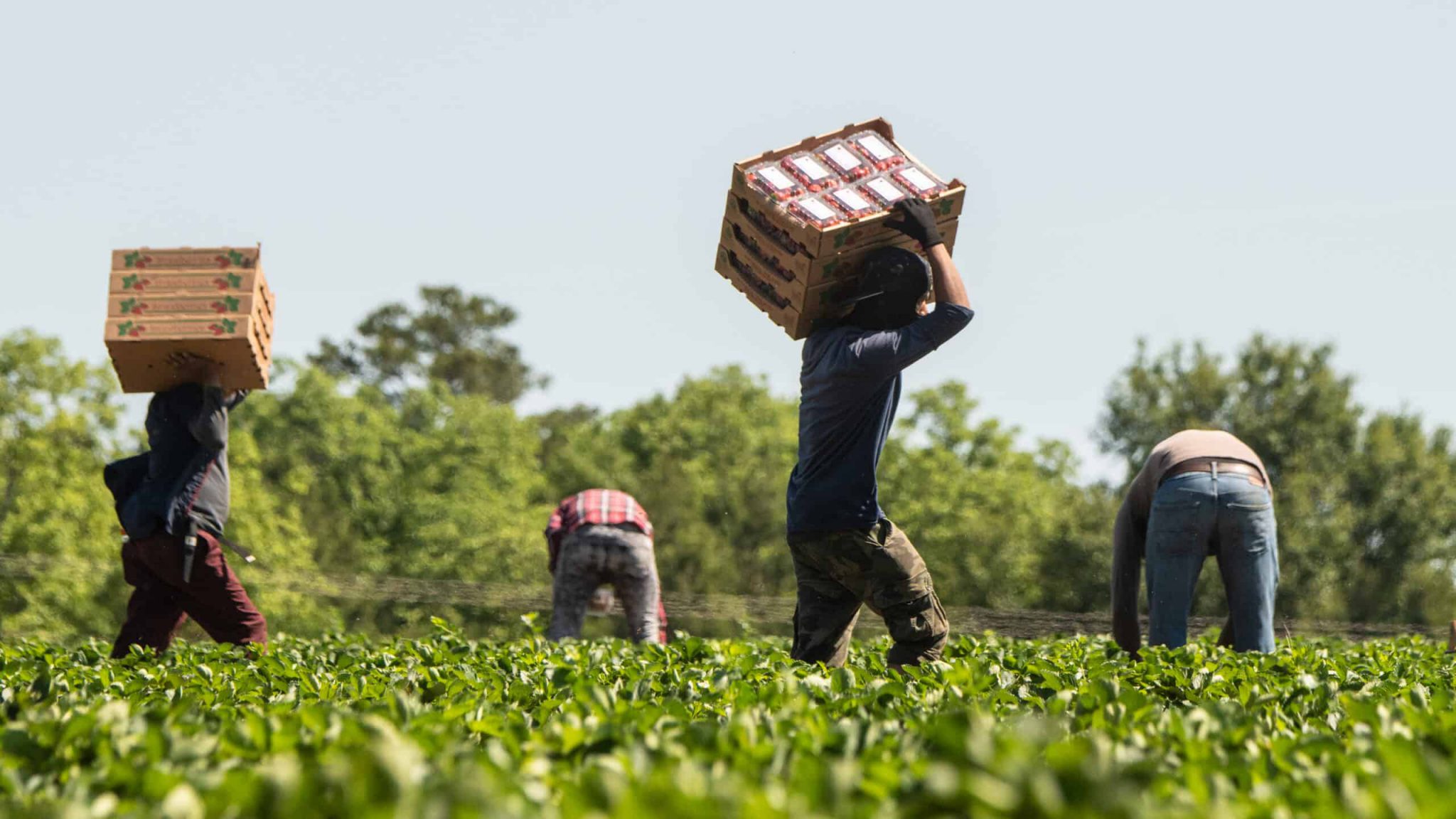





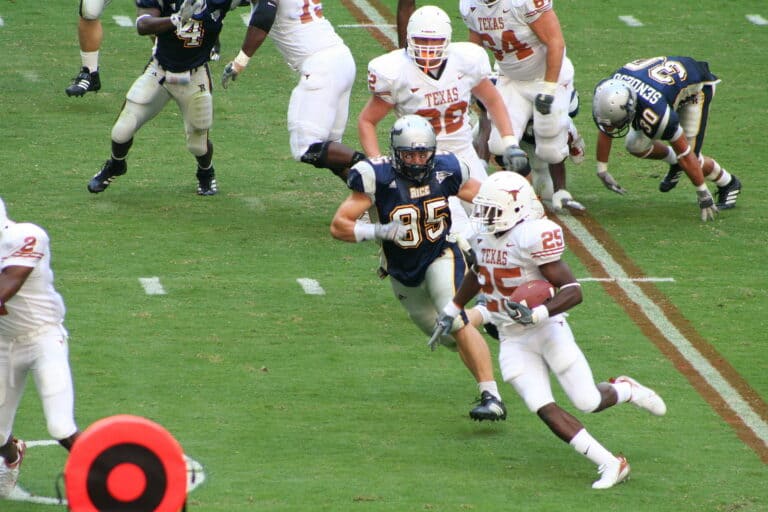
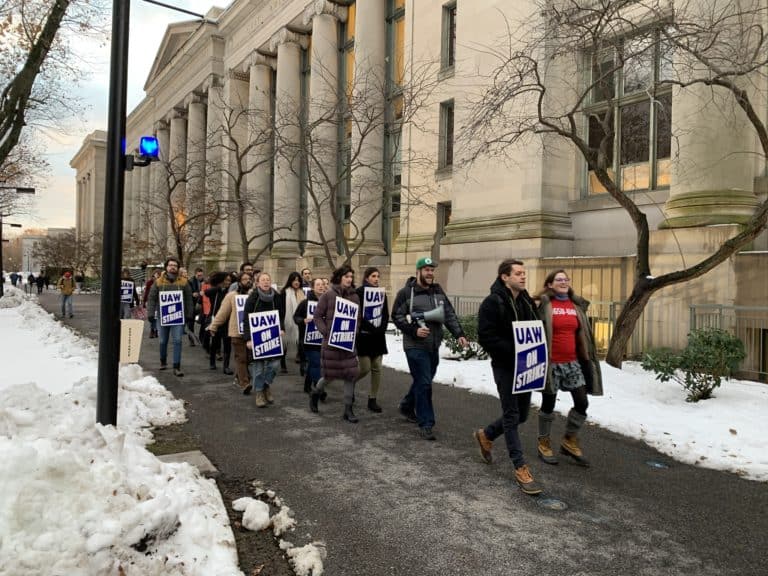
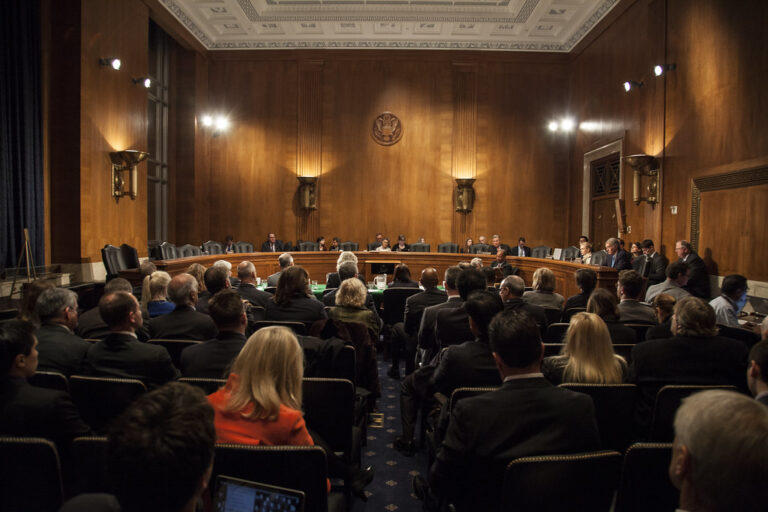
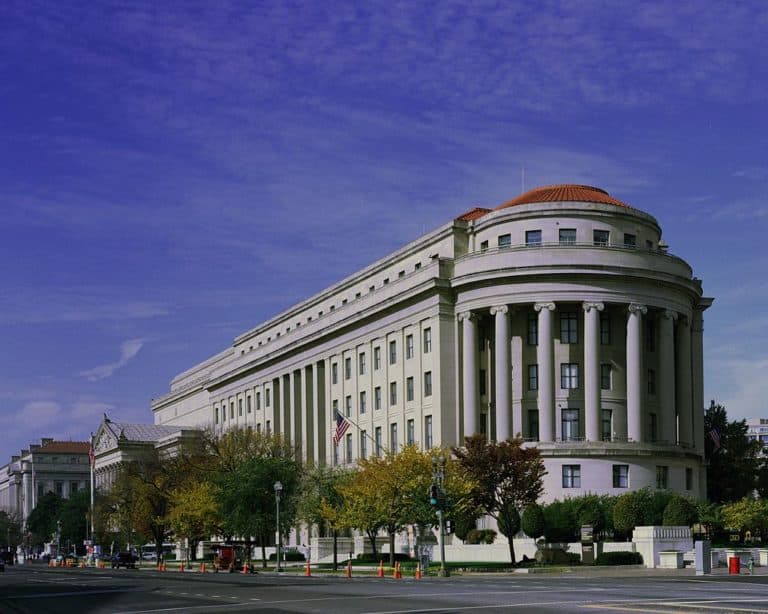
Daily News & Commentary
Start your day with our roundup of the latest labor developments. See all
November 24
Labor leaders criticize tariffs; White House cancels jobs report; and student organizers launch chaperone program for noncitizens.
November 23
Workers at the Southeastern Pennsylvania Transportation Authority vote to authorize a strike; Washington State legislators consider a bill empowering public employees to bargain over workplace AI implementation; and University of California workers engage in a two-day strike.
November 21
The “Big Three” record labels make a deal with an AI music streaming startup; 30 stores join the now week-old Starbucks Workers United strike; and the Mine Safety and Health Administration draws scrutiny over a recent worker death.
November 20
Law professors file brief in Slaughter; New York appeals court hears arguments about blog post firing; Senate committee delays consideration of NLRB nominee.
November 19
A federal judge blocks the Trump administration’s efforts to cancel the collective bargaining rights of workers at the U.S. Agency for Global Media; Representative Jared Golden secures 218 signatures for a bill that would repeal a Trump administration executive order stripping federal workers of their collective bargaining rights; and Dallas residents sue the City of Dallas in hopes of declaring hundreds of ordinances that ban bias against LGBTQ+ individuals void.
November 18
A federal judge pressed DOJ lawyers to define “illegal” DEI programs; Peco Foods prevails in ERISA challenge over 401(k) forfeitures; D.C. court restores collective bargaining rights for Voice of America workers; Rep. Jared Golden secures House vote on restoring federal workers' union rights.